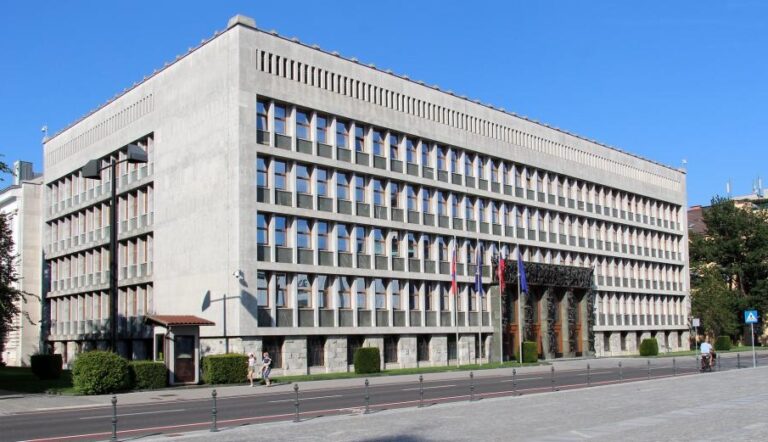Japan is set to engage in discussions with Malaysia regarding the storage of carbon dioxide emissions from Japanese power plants and industries in Malaysia. The goal is to initiate the first shipment of carbon dioxide by 2028. Japan’s Minister for Economy, Trade, and Industry, Yasutoshi Nishimura, is expected to meet with senior executives from Malaysia’s state-run energy company, Petronas, during a series of conferences on decarbonization. An agreement is anticipated between the Ministry of Economy, Trade, and Industry and the Japan Organization for Metals and Energy Security to outline the steps for carbon capture and storage (CCS) projects with Petronas.
The proposed projects involve liquefying carbon dioxide emitted in Japan and transporting it by ship to storage sites in Malaysia, including offshore natural gas fields. Environmentally friendly fuels like hydrogen or ammonia will power the vessels. If successful, this collaborative effort would mark Asia’s first international carbon dioxide shipment and could serve as a model for carbon dioxide transportation rules in the region.
Both Japan and Southeast Asian nations, heavily reliant on fossil fuels, view CCS as a promising means to reduce emissions while ensuring stable electricity supplies. Japan’s aim is to achieve net-zero greenhouse gas emissions by 2050 and store 120 million to 240 million tonnes of carbon dioxide annually underground, equivalent to 10% to 20% of current emissions.
Feasibility studies for underground carbon dioxide storage are underway in various Japanese locations, including Tomakomai on Hokkaido Island, and Malaysia is seen as having numerous suitable sites that could diversify Japan’s storage options.
Implementing CCS technology will necessitate approximately 4 trillion yen ($27 billion) in investment over the next decade and significantly more in the years following, as per Japanese government estimates. Funding will partially come from “green transformation” transition bonds issued this fiscal year. Widespread adoption of carbon capture technology faces challenges in attracting private-sector investment and reducing costs, with European countries like Norway and Denmark being pioneers in cross-border CCS projects.
(Source: Nikkei Asia)









